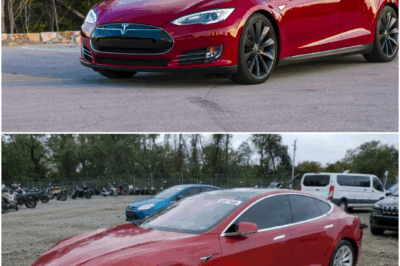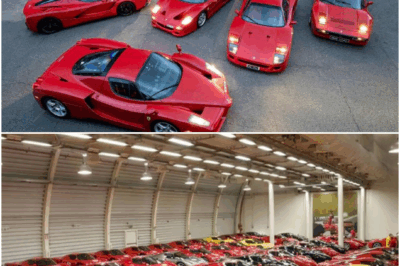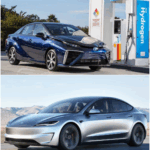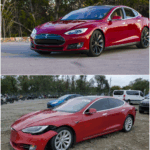Cars have always been more than machines. They are extensions of human desire, freedom, and fear. Each curve of metal and hum of the engine tells a story about the era that built it. In America, cars became cultural icons long before they became technological marvels. And today, the industry stands at a strange intersection — between nostalgia and innovation.
Throughout history, every shift in automotive design has mirrored shifts in society. When the first muscle cars roared down Route 66, they symbolized rebellion and raw power. Now, silent Teslas glide through the same streets — carrying not the sound of engines, but the hum of progress. The conversation around cars has changed: it’s less about torque and more about ethics, sustainability, and data.

But the emotional connection remains. Drivers still name their cars, still take photos of them at sunset, still find meaning in the sound of tires on asphalt. What changes is the language of that passion. Instead of chrome and gasoline, it’s software updates and charging ports. And maybe, just maybe, that’s what evolution looks like — not an end, but a transformation.
Technology, for all its cold precision, hasn’t killed the spirit of driving. It’s simply reframed it. We no longer drive just to reach a destination. We drive to feel alive, to assert individuality in a world that increasingly values automation over autonomy. Cars remain symbols of control in a time when control itself feels fleeting.
In the end, whether powered by combustion or current, the car will always mirror who we are — flawed, ambitious, and endlessly chasing the next horizon.
News
The Last Great Road Trip Before Automation
Cars have always been more than machines. They are extensions of human desire, freedom, and fear. Each curve of metal…
Why America Fell in Love With the SUV
Cars have always been more than machines. They are extensions of human desire, freedom, and fear. Each curve of metal…
The Future of Fuel: Hydrogen vs Electricity
Cars have always been more than machines. They are extensions of human desire, freedom, and fear. Each curve of metal…
From Horsepower to Data Power
Cars have always been more than machines. They are extensions of human desire, freedom, and fear. Each curve of metal…
Are We Losing the Joy of Driving?
Cars have always been more than machines. They are extensions of human desire, freedom, and fear. Each curve of metal…
Car Collectors and the Obsession With Perfection
Cars have always been more than machines. They are extensions of human desire, freedom, and fear. Each curve of metal…
End of content
No more pages to load












